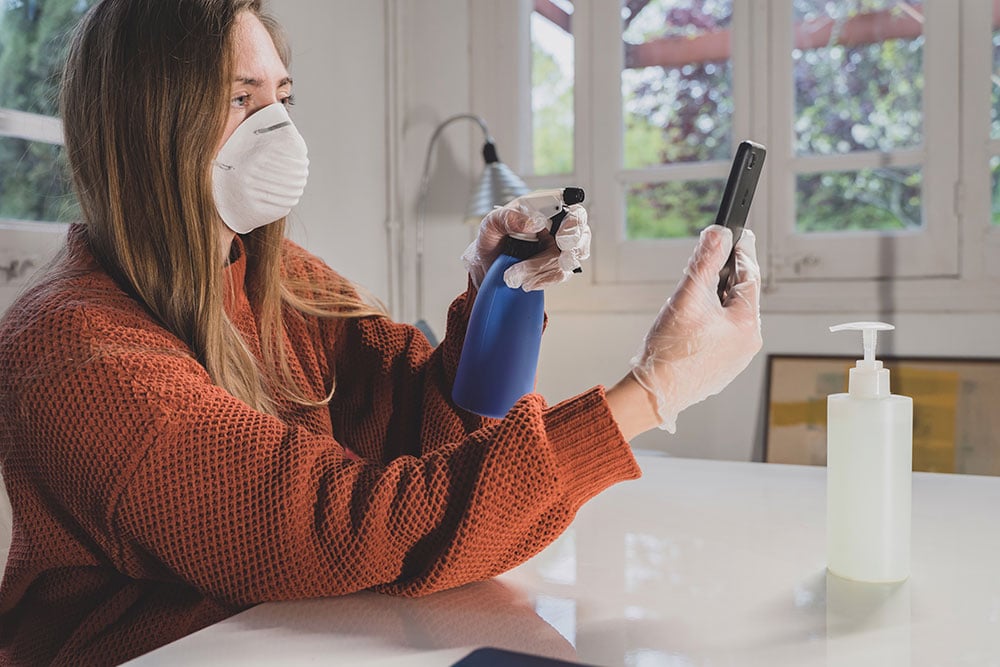In the wake of the COVID-19 pandemic, cleaning, sanitizing and disinfecting of surfaces has never been so important. With more than one billion people projected to be living with dirty floors, it is not surprising that the pandemic continues to spread like a wild fire across the globe. It doesn’t have to be this way especially if you clean and sanitize your home surfaces, including floors, which are entry points of germs.
Floor cleaning and sanitation
Sanitizers are substances that are capable of killing microorganisms that include disease causing bacteria and viruses. Apart from chemical sanitizers, heat and hot water are also effective in reducing surface contamination to a safe level provided they are used in the right way.
A routine floor cleaning, irrespective of the type of floor, will lower the spread of germs and keep your home safe and healthy. While it is not necessary to sanitize all your floors every day, it is preferred to use a targeted approach especially at entry places. Implementing a ‘no outside shoes’ approach is the first step towards preventing floor germs.
Floor sanitation products
Bleach has been used for a long time as a floor sanitizer or disinfectant depending on its dilution level. Its main ingredient is sodium hypochlorite which is effective in killing harmful microorganisms. However, like other sanitizers, you will need to follow instructions on the label for safe and effective dilution procedures. You can also use any of the EPA-registered floor sanitizers and cleaning agents that contain more than 70% of isopropyl alcohol. If you want to keep away from bleach and harsh chemicals, simply disinfect your floor by steam cleaning. Otherwise, mop your floor with a regular floor cleaning product and a cup of white vinegar in a gallon of warm water.
Floor sanitation process
- Preparation and cleaning
A sanitary floor cleaning process begins with choosing the right sanitizing product and doing a regular floor cleaning. This involves the removal of dirt, debris and any other loose substances from the floor followed by a scrubbing to remove built-in grime. Use a general detergent to remove organic matter that will otherwise deactivate the sanitizer. After this, rinse the floor and allow it to completely dry.
- Preparing and using the sanitizer
Preparing and using the floor sanitizer requires that you wear the right personal protective equipment (PPE). Go through the label instructions on the sanitizer carefully and then do a proper dilution before applying it on the floor. Remember to treat the floor following appropriate safety procedures to avoid slips and falls. Apply and distribute the sanitizer and allow it to remain in the floor for the required contact time. Finally, recover the remaining solution and allowing the floor to dry completely.
- Clean the washing equipment before storage
Drain tanks of the remaining sanitizing solution and clean the floor machine after use to remove any product residues before storage.
A proper sanitizing process involves the safe use of the right sanitizer that is mixed following the manufacturer’s instructions to ensure the correct dilution. Understand that sanitizers need time to work, so make sure that you give it enough floor contact time.



